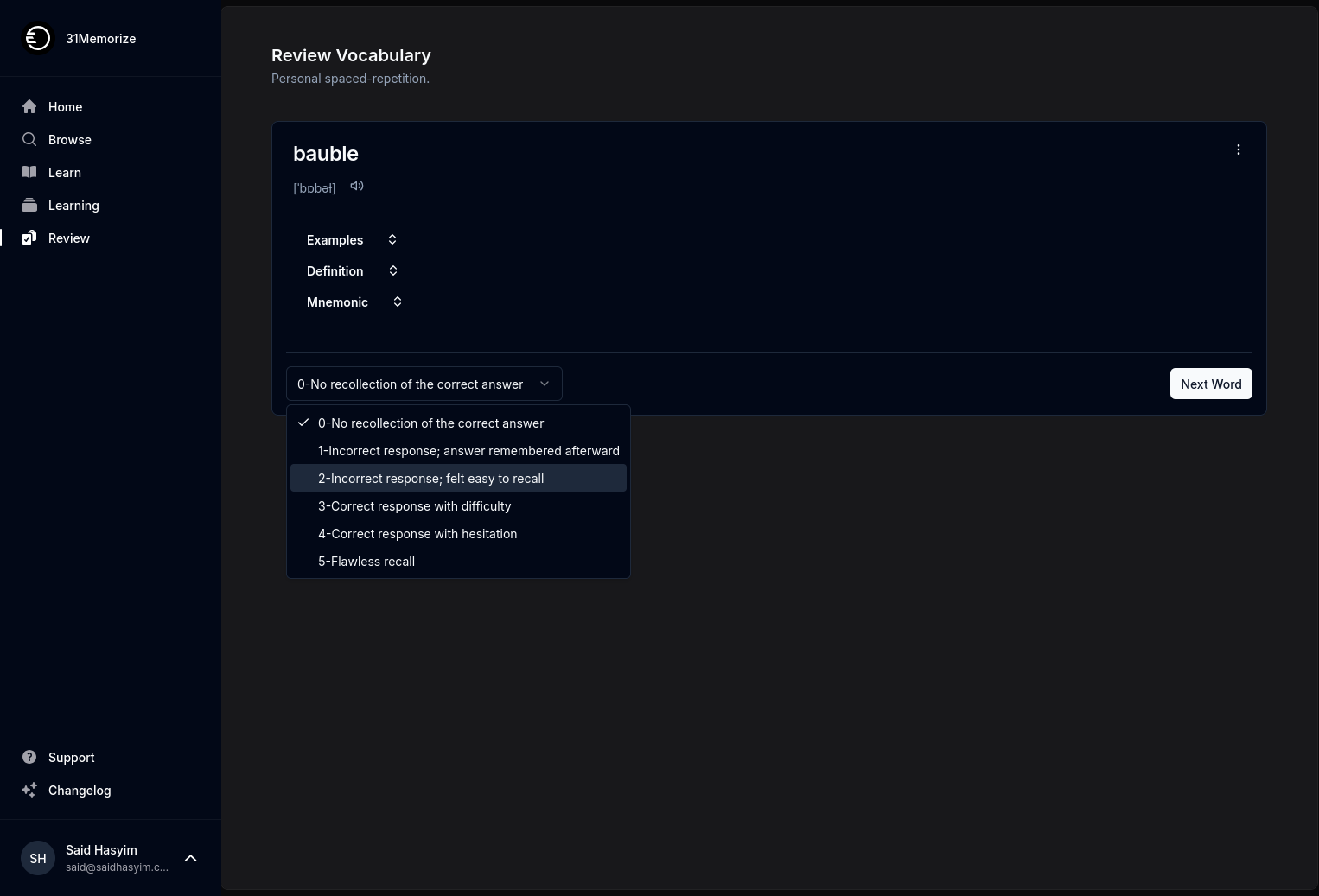Innovative Features of Book Review Monitoring Software
In today’s digital age, the buzz surrounding books is no longer confined to the pages of print. Readers share their thoughts, critiques, and compliments far and wide on various platforms—from established literary review sites to social media. For authors, publishers, and marketing teams, keeping track of these reviews is essential to gauge public reception, engage with their audience, and drive sales. This is where book review monitoring software comes into play.
In this blog post, we’ll dive into the innovative features of book review monitoring software that not only streamline the review process but enhance overall engagement and strategy.
1. Centralized Review Collection
One of the most valuable innovations of book review monitoring software is the ability to collect reviews from various sources in one central location. This ensures that authors and publishers are not faced with the painstaking task of manually searching multiple platforms such as Goodreads, Amazon, and various blogs.
Benefits:
- Time Efficiency: By aggregating reviews, these tools save hours of manual work.
- Comprehensive Insight: Users can evaluate feedback from a wider audience without feeling overwhelmed.
2. Sentiment Analysis
With natural language processing capabilities, many book review monitoring tools now offer sentiment analysis, which automatically categorizes reviews into positive, negative, or neutral responses. This feature allows users to quickly gauge the overall sentiment towards their book or brand.
Benefits:
- Quick Analysis: Instantly understand public feeling without reading every individual review.
- Data-Driven Decisions: Use insights to guide marketing strategies, manage reputation, or make changes to future works.
3. Keyword Tracking and Trend Analysis
Innovative software solutions offer the ability to track specific keywords associated with a book or an author over time. This research can reveal key themes or topics that resonate with readers.
Benefits:
- Identify Patterns: Recognize recurring themes or terminology in positive or negative feedback.
- Adapt to Reader Preferences: Stay ahead of trends and understand what resonates with readers, implementing feedback into future writings.
4. Review Alerts and Notifications
This feature ensures that you will never miss a new review or a significant mention of your book online. Users can set alerts for specific keywords, phrases, or even usernames, enabling them to stay promptly informed.
Benefits:
- Real-Time Engagement: Quickly respond to reviews and engage with your readers, fostering a sense of community.
- Timely Reputation Management: Address negative reviews or misinformation as it arises, improving public perception.
5. Performance Metrics and Reporting
Book review monitoring software often includes robust analytics and reporting features that help users visualize the impact of their reviews over time. Metrics such as average review rating, volume of reviews, and sentiment trends can offer valuable insights.
Benefits:
- Performance Tracking: Keep a finger on the pulse of how reception changes over time.
- Strategically Adapt Marketing Efforts: Use actual data to guide promotions, outreach, and launches rather than guesswork.
6. Social Media Integration
As social media continues to gain traction in book discussions, an integrated approach within book review monitoring software proves advantageous. Ability to track mentions across various platforms like Twitter, Instagram, and Facebook can widen the scope of feedback.
Benefits:
- Broader Reach: Engage with readers where they are most active and already discussing your work.
- Harness Influencer Power: Identify influential readers or bookstagrammers who are discussing your book and foster relationships with them.
7. Reader Engagement Features
Some innovative systems include features that allow for direct engagement with readers. This might include functionalities to respond to reviews directly through the platform, share reviews on social media, or even reward loyal readers.
Benefits:
- Foster Community: Engaging with readers strengthens loyalty and rapport.
- Generate Buzz: Encouraging readers to share their reviews increases visibility and can lead to additional exposure.
8. Integration with Marketing Tools
For those looking to harness book reviews for promotional purposes, integration with email marketing tools, content management systems (CMS), or customer relationship management (CRM) systems can drive targeted marketing initiatives.
Benefits:
- Streamlined Operations: Utilize insights gained from reviews to create personalized marketing campaigns.
- Enhanced Outreach: Easily segment audiences based on reviews and tailor content accordingly.
9. Competitive Analysis
Another innovative feature is the ability to compare reviews between competing authors or titles within the same genre. This competitive analysis can shed light on what works and what doesn’t, offering invaluable information for positioning.
Benefits:
- Market Insights: Understand where your book stands in relation to others and identify your unique selling proposition.
- Informed Strategy Adjustment: Use competitor benchmarks to adapt marketing and writing strategies effectively.
10. Customizable Dashboards
In today's world, data visualization is crucial for understanding complex information quickly and effectively. A customizable dashboard can provide a tailored view of the metrics that matter most to users, blending the important features in one place.
Benefits:
- User-Focused Insights: Tailor your dashboard to most effectively answer your specific questions and needs.
- Enhanced Decision-Making: Quickly access relevant data leads to more informed and timely decisions.
Conclusion
Book review monitoring software serves as an indispensable tool for authors and publishers aiming to engage with their readers effectively, harness feedback strategically, and navigate the complex landscape of today’s literary market. With features like centralized review collection, sentiment analysis, keyword tracking, and social media integration, users can reap substantial benefits that extend beyond mere review gathering.
By tapping into these innovative functionalities, stakeholders in the literary world can not only keep their finger on the pulse of reader sentiment but also cultivate an engaged community, adapt their strategies, and ultimately enhance their writing careers. As technology continues to evolve, it’s exciting to anticipate what new features will emerge to further enrich the author-reader relationship.
Stay tuned, and keep reading!
